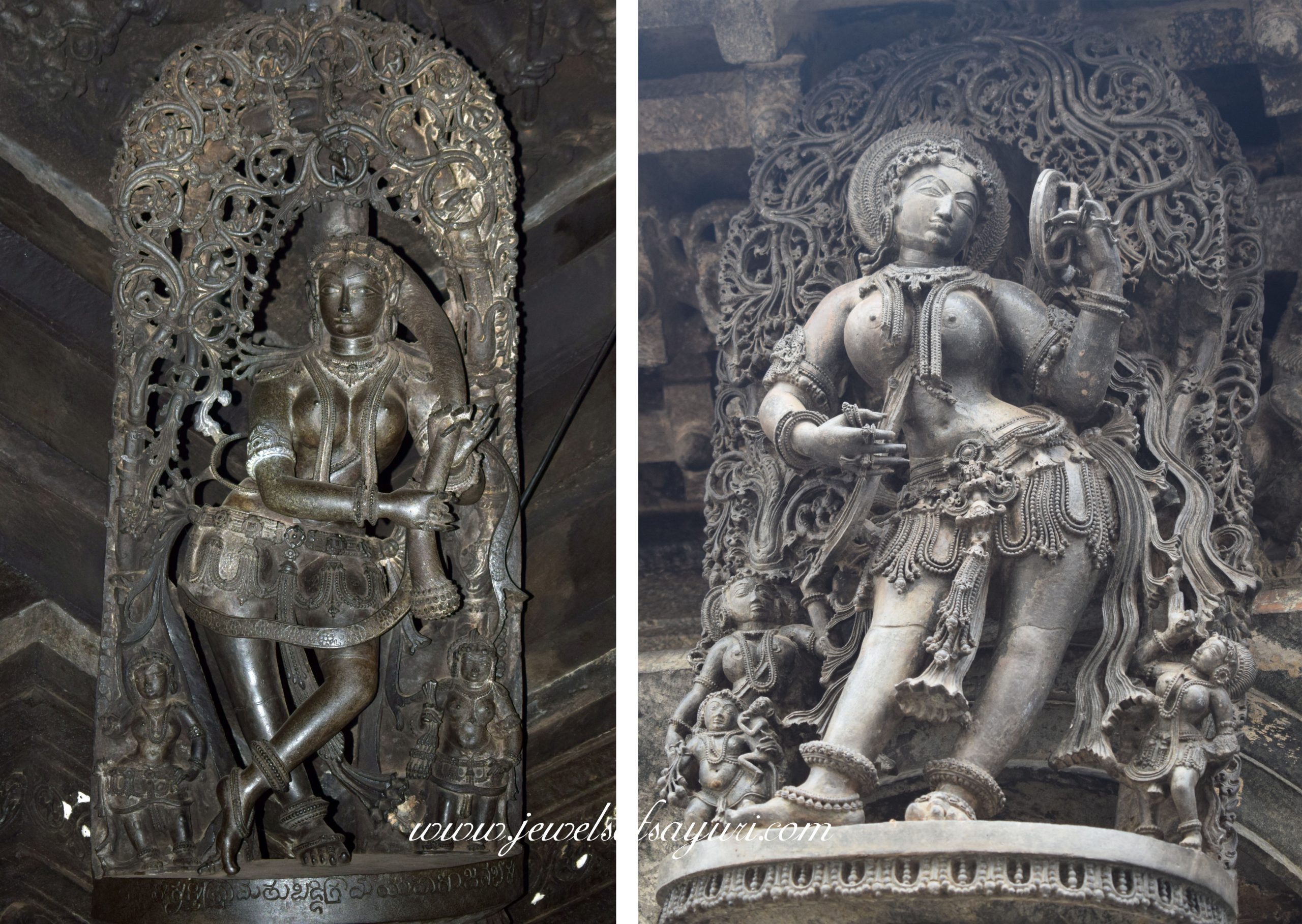Self-care and adornment for self-pleasure are the buzz words of 2021. After being cooped up in their homes for long, people have realised that adornment need not be for someone else’s viewing pleasure. The need for beauty and the appreciation of it is universal. If 2020-2021 has taught us anything then it is that beautification processes can be immensely satisfying when it is for the audience of one or just for yourself. While sales in the jewellery industry may have reduced, the sales in the skincare and cosmetics industry has skyrocketed. Many experts think that this is a new trend, a “quarantine after effect.” However, I feel that some alone time (or the lack thereof for some people) has made us bring back the importance that was given to adornment millenniums ago. In this post I want to talk about the perception of adornment in ancient India and how it was carried out.
Adornment in Ancient India
The Sanskrit word for adornment is Alamkara, often wrongly written or pronounced as Alangkara or alankar. It means to decorate, adorn or even simply “Make enough.” It is also used to denote rhetorical ornaments in often used in poetry like simile, metaphors and other lyrical features. Just like how a poem can be adorned using these Alamkaras, a woman who is considered to be the poetic beauty created by nature is adorned with ornaments.
Jewellery, a material component has a spiritual dimension in adornment in India. Symbolism plays a very important role in the selection and use of jewellery. Symbols that are considered auspicious when used in or as jewellery, lend their piety and auspicious nature to the ornaments as well. Thus (Seen through a male gaze) a well adorned woman becomes a picture of tranquility, contentment, richness, and natural beauty. “That what is beautiful must be adorned; what is unadorned is devoid of beauty.” This becomes perfection, or the ideal standard of beauty.

The concept of Sola Shringar
As abstract philosophies of beauty get translated into visualization of realistic images, we find an image of a well dressed woman emerging. She beautifies herself through a host of methods. This is the practice of sola Shringar or 16 methods of beautifying the body that is prevalent in India even today. Sola means sixteen and shringar means beautification. The number sixteen is significant as it is associated with a woman’s menstrual cycle through the 16 phases of the moon. In some faiths of Hinduism, sixteen is considered to be the age of peak physical perfection. A woman at sixteen is considered to be innocent, beautiful, attractive, playful and full of Vigour.
While the practice of Sola Shringar is practiced during weddings to prepare the bride across India, In the North and Western India, the practice is followed by (married) women during most festivals. In that case, the bridal outfit will be replaced by any new clothing.

16 adornment practices – Sola Shringar
Nine out of the sixteen on the list are jewellery, typically worn by brides at weddings and hence for a description of each piece, check out my post on North Indian bridal jewellery. Just because they are worn during festivities, the jewellery are not always made of gold or silver. They can be made of several materials include organic items as in the case of Floral bridal jewellery.
- Bindi – Dot/mark on the forehead
- Sindoor – red or red orange powder worn at the center partition of hair by married women
- Maang Tikka – forehead ornament
- Anjana – kajal (collyrium)
- Nath – nose ring
- Haar – necklace
- Karnaphool – earrings
- Bajuband – armlet
- Choodi – bangles
- Mehendi – henna designs on the hands and feet
- Arsi & Haathphool – mirrored ring on the thumb and rings attached to bracelet
- Keshapasharachana – Oiling, washing, styling and perfuming the hair
- Kamarband – waistbelt
- Payal & Bichiya – anklets and toe rings (for married women)
- Ittar/ittra – perfume
- Poshak/ shadi ka joda – bridal dress

Pre-Shringar
In India, a lot of importance was given to grooming rituals even in ancient times. As it is a hot and humid country baths are very important and routines that help the skin breathe and glow are standard beauty practices. The Pre-Shringar ritual comprises of three steps. They are
- Application of Ubtan – Paste of gram flour, turmeric, sandalwood, milk and rose water is applied all over the body and face. It works as a mask and scrub to give a glow to the face and body.
- Oiling and washing of hair with extracts of Brahmi (water hyssop), Shikakai (Soap-pod), Aloe Vera, Amla (gooseberries)
- Ceremonial bath with rose petals in water
Sola Shringar as an ideology, is a rite of passage, a ritual of transformation that helps a young girl transition into the life of an adult as a married woman. Typically, widowed women do not engage in it, as the beautification is for pleasure. However, Indian miniature painting traditions such as Rajput, Kangra and Mughal miniature paintings also depict it as a practice carried out by a woman waiting for her lover, to make herself attractive, without the implication of marriage showing that things are not quite set in stone.
Regardless of the origins of the practice, detaching the adornment from the ideology may allow as to look at the practice as a self-care ritual that brings joy to the wearer as much as the viewer.
I hope you found it interesting
Cheers



What do you think?